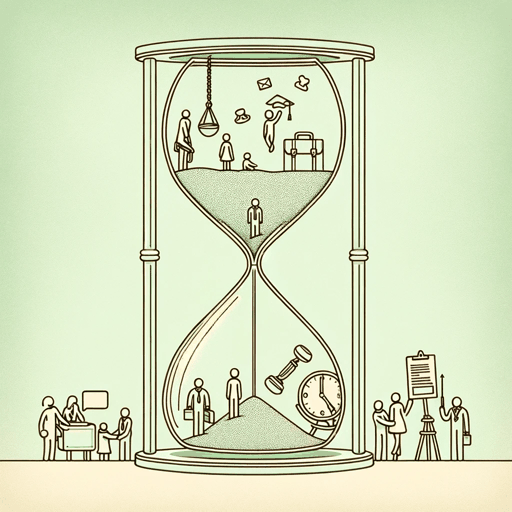59 pages • 1 hour read
Clayton M. ChristensenThe Innovator's Dilemma: When New Technologies Cause Great Firms to Fail
Nonfiction | Book | Adult | Published in 1997A modern alternative to SparkNotes and CliffsNotes, SuperSummary offers high-quality Study Guides with detailed chapter summaries and analysis of major themes, characters, and more.
Part 1, Chapters 1-2Chapter Summaries & Analyses
Part 1: “Why Great Companies Can Fail”
Part 1, Chapter 1 Summary: “How Can Great Firms Fail? Insights from the Hard Disk Drive Industry”
Christensen compares disk drive companies to fruit flies, whose short lifespan enables geneticists to effectively track changes in their genetic code. The disk drive industry moves at such a rapid pace that it offers Christensen enough case studies to develop a theory of change and its impact on business success. To identify patterns of failure, the first chapter thus provides a brief history of the disk drive market. Christensen’s takeaway is that failure stemmed from one reason: innovating according to customer needs.
After providing an explanation on disk drive functionality, Christensen traces the emergence of disk drives back to IBM, whose work provided the foundation for many future innovations in the disk drive industry. By the mid-1990s, only IBM had survived from the group of firms that populated the market 20 years earlier. Many new startups entered the market by 1995, though 90% of them would also go on to fail. With larger storage capacities and smaller physical drives, overhead costs and market prices drastically fell.
Christensen attributes this pattern to a phenomenon he calls the “technology mudslide hypothesis” (7). Firms scrambled to stay afloat, and if they ever slowed down or stopped innovating, they were guaranteed to fail.
Related Titles
By Clayton M. Christensen


